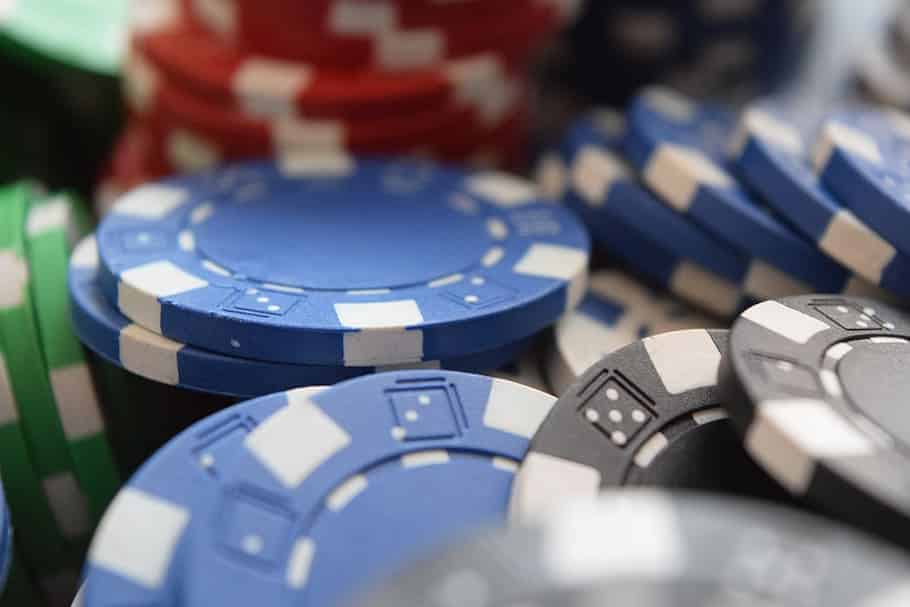You might have heard the label of “blue-chips” applied to equities with a solid reputation—think Microsoft, Boeing, or Coca-Cola. The name derives from the color of the most valuable poker chip, a metaphor that works well in the context of the crypto casino. The same term has since been applied to the top non-fungible token (NFT) collections, even though their value is far less certain and their fate less secure than top stocks in the S&P 500.
And yet, in crypto, the term thrives nonetheless as shorthand for the projects that, at least hopefully, aren’t outright scams. While the label is far from standardized, different collections’ spokespeople will throw the term around optimistically to try and convince you that their collection deserves the title. But more generally, the NFT “blue-chips” are those collections with the largest market cap, the widest reach, and the greatest influence. This article lists the collections that are, as of April 2023, most commonly referred to as “blue-chips.”
Bored Ape Yacht Club (and Other Yuga Labs NFTs)
The Bored Ape Yacht Club, more frequently contracted to BAYC, is among the largest of all NFT collections. Combined, the creations of its founding team, Yuga Labs, are by far and away the most popular NFT collections, based on trading volume alone. That title stands even when accounting for wash trading.
The original BAYC collection, launched in April 2021, is a 10,000-strong pack of NFT apes. Though they aren’t exactly Renaissance-level masterpieces, they quickly became adopted as the profile picture du jour of celebrities and crypto bros alike during the 2021 crypto boom, surpassing the then-unstoppable CryptoPunks in their wake.
Aside from selling for eyewatering sums—the floor price of a single NFT is 63.1 ETH as of this writing, according to data from OpenSea—the NFTs entitle holders to claim other Yuga Labs drops at little extra cost.
So far, that has included lucrative collections such as free fungible APE tokens; the Mutant Ape Yacht Club, a kind of alien variant that also sells for a lot of money; and parcels of land in Otherside, an upcoming metaverse title so popular that it briefly sent gas prices on Ethereum surging to record prices in May 2022.
CryptoPunks
BAYC may have outpaced CryptoPunks, and its creator, Yuga Labs, may have bought the IP, but the 10,000-strong CryptoPunks collection remains one of the most resilient NFT collections around. Launched on Ethereum in 2017 by Larva Labs, it rose to popularity in 2021 as another profile picture-related NFT collection.
The Punks themselves are kind of bored-looking, pixelated mugshots. The collection is composed of about 60% men, 38% women, and the rest are aliens, apes, and zombies. Despite their simplicity, the Punks popularized NFTs and kickstarted the non-fungible craze of that year. Since then, arthouses like Sotheby’s have picked them up—although, in February 2023, a seller withdrew from the auction at the last minute.
Art Blocks
A final, relatively safe bet for the “blue-chip” term is Art Blocks, an NFT project that produces limited collections of algorithmically-generated art.
Artists on the platform provide an algorithm that determines the parameters of the art they would like the machine to spit out, and the Art Blocks machine does just that, while randomly limiting the collection to the first, say, 100 pieces (or however many the artist desires).
Some of these collections have become highly lucrative, most prominently the Fidenza collection, the work of Tyler Hobbs. Hobbs’s bright swirls still sell for a minimum of 66 ETH as of this writing, a high price considering their mint date of October 2021.
Flaws in the “Blue-Chip” Designation
While these projects are relatively stable, it is worth stressing that the “blue-chip” label is optimistic at best. Even in traditional markets, where blue-chip assets are undergirded by long-established and productive industries, fortunes can turn on a dime. Remember Lehman Brothers? General Motors? Uh, Enron?
The value of blue-chip NFTs, meanwhile, is still founded largely on hype—or, at most, on “communities” established around certain NFT collections. These communities are brought together less by the bonds of fellowship than by economic incentive: were that incentive to collapse, there would be little tangible reason to stay in the game. For instance, the Bored Ape owned by Justin Bieber, who is something of a blue-chip celebrity himself, has devalued by over 95% following the collapse in asset prices in 2022.




